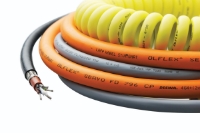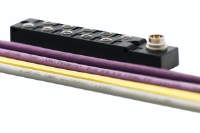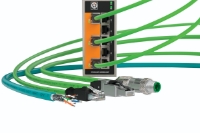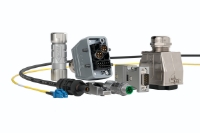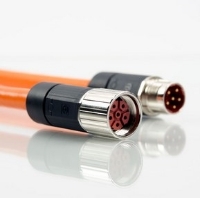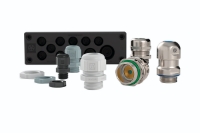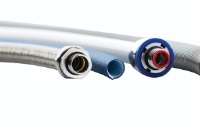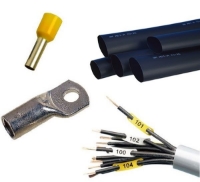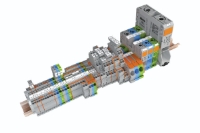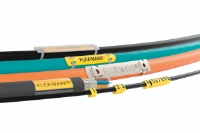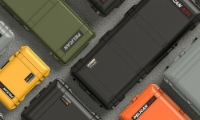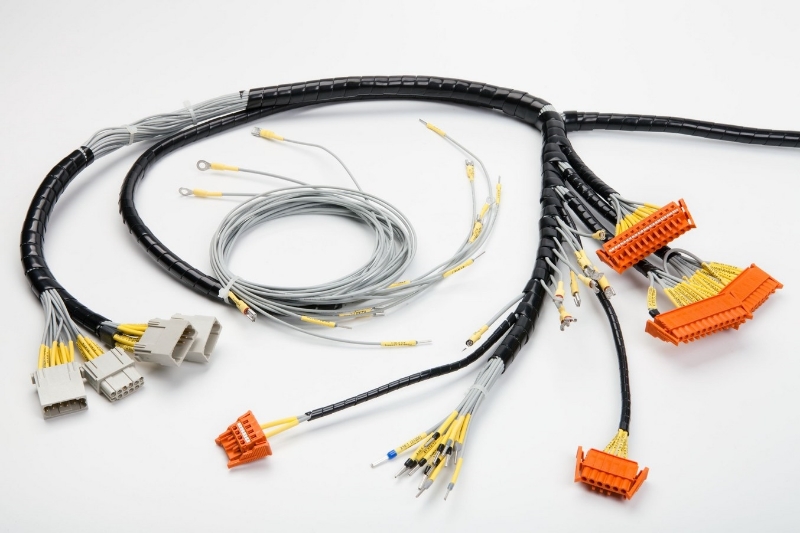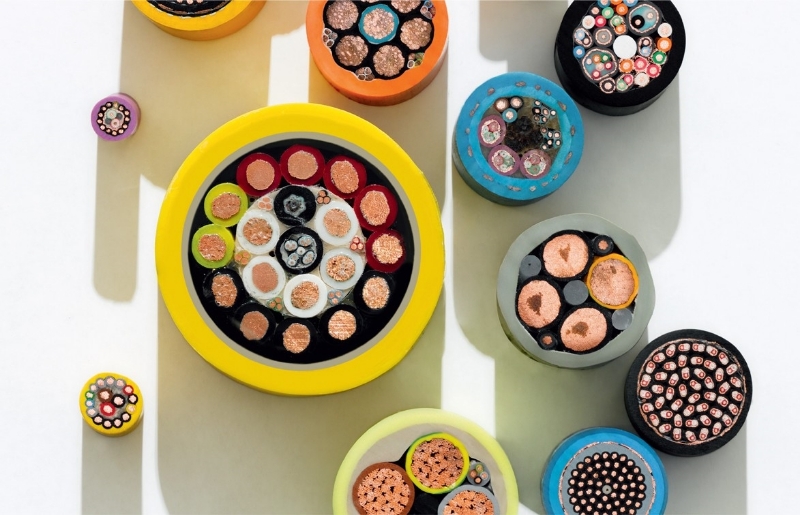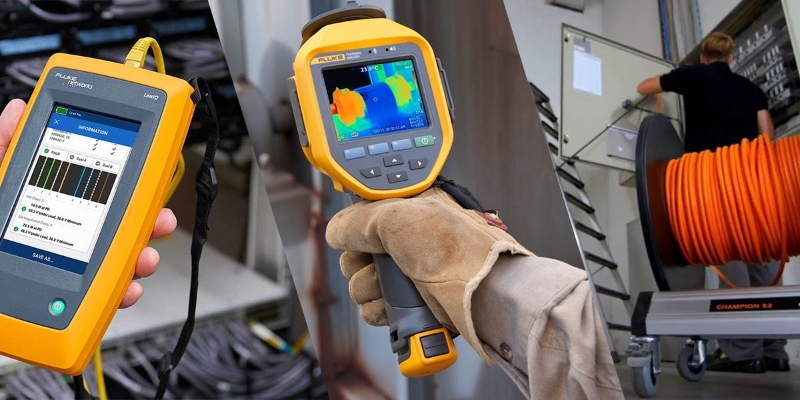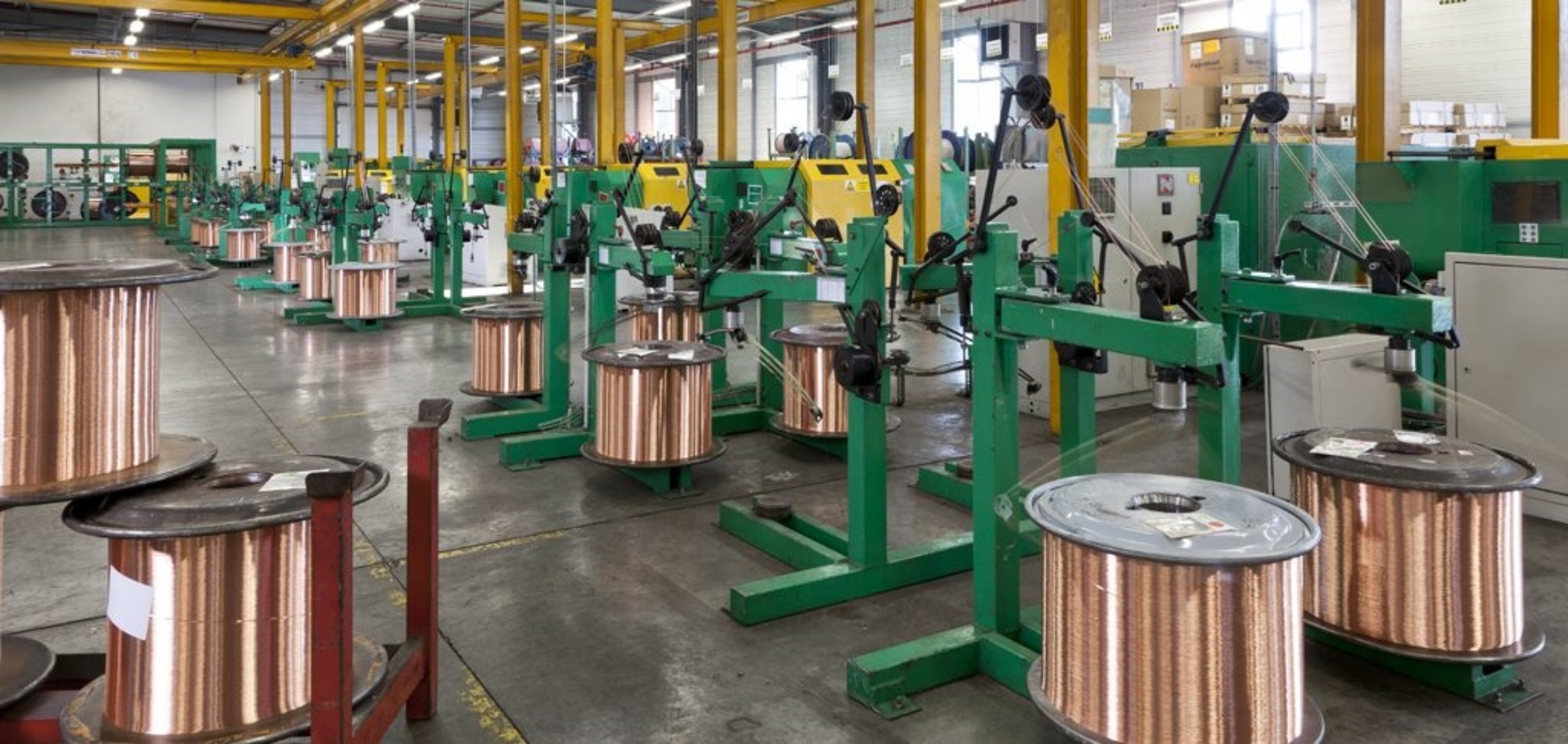Climate change is obvious and the subject of intense debate. To slow global down global warming, CO2 emissions must be drastically reduced worldwide. The German government has set itself the goal of reducing greenhouse gas emissions by 40 percent by 2030 (related to the base year 1990). Industry plays a key role on the way towards climate neutrality. LAPP believes that it has a responsibility to contribute to the saving of CO2 emissions.
- Home Page
- Products
- Solutions
- Knowledge
- Contact Us
- Home Page
-
Products
- Solutions
- Knowledge
- Contact Us
News from September 2023
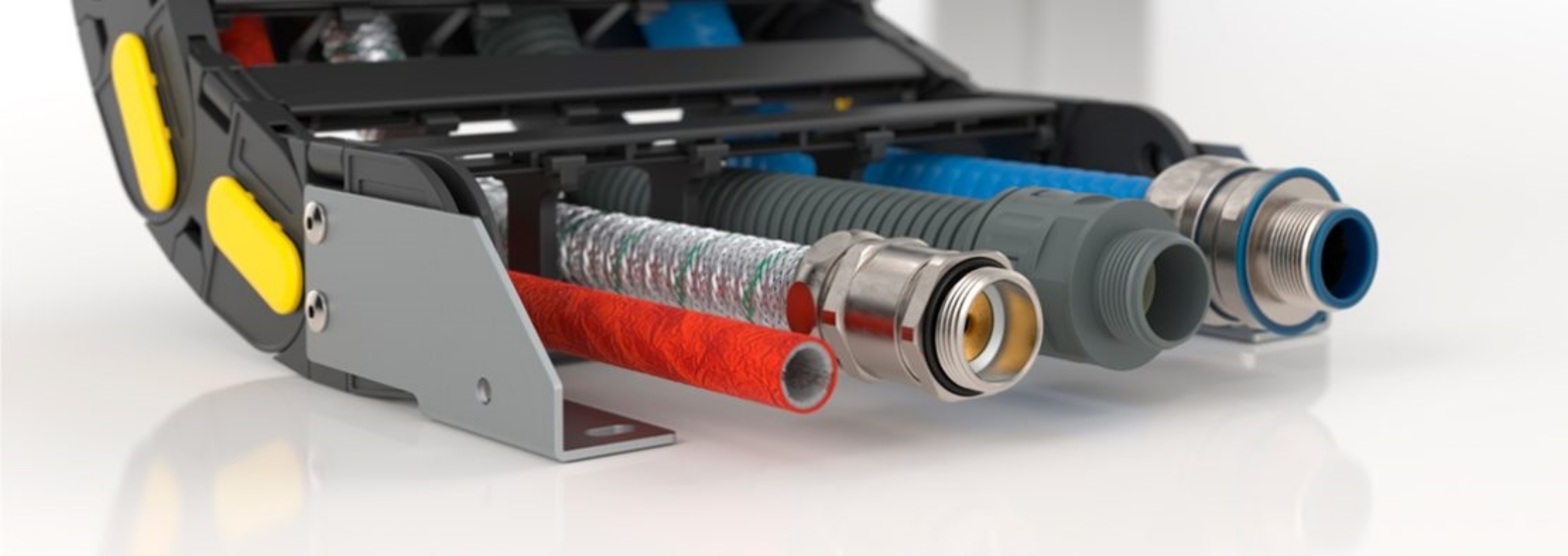
Presbeton from the Czech Republic produces concrete goods. Previously, a cable trolley system was used here. With the support of LAPP, Presbeton has now upgraded to a drag chain system and can now produce more efficiently and, above all, without downtimes.

Anyone who has ever connected a lamp to the mains knows the structure of a cable: inside the plastic sheath there are usually three wires: a green-yellow wire, the ground or protective conductor, a blue wire, the neutral conductor, and a current-carrying brown or black wire. A closer look reveals that each of these wires is made up of multiple twisted copper strands, fine, conductive strings of copper that can carry power and signals. This is the basic structure of every wire. But how do these components actually come together?
Mon-Fri 7:00am - 5:00pm
Australia

